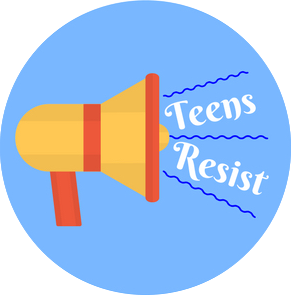LISTSOur biweekly lists lay out notable issues in the news and tell you what you can do about them.
|
SUBSCRIBE TO EMAIL UPDATES:
|
|
Teen Resisters! We are back. This past month-and-change has flown by in a swirl of emotion, action, and passion. While we, and so many others, are devastated by the events in Parkland, and even some of the NRA actions since, it has been incredibly moving to see so many teens take action. Teens Resist's goal is to inspire teens to turn their opinions into action, and give them the resources to do so. We have never seen so many teens who not only have passionate, strong opinions, but are also looking to do something about them. We've put together this list to help you all do that. We include some of the things you should know about gun laws themselves, and of course, what you can do. (And some self care tips at the end) Keep fighting. We are so proud to be teens right now. ITTY BITTY BACKGROUND INFO: Besides its massive financial dominance, a main way in which the NRA has been able to remain so influential and untouchable in modern US politics is through its transformation of the 2nd amendment in the eyes of the American people. A quick reminder, the 2nd amendment is the following: “A well regulated Militia, being necessary to the security of a free State, the right of the people to keep and bear Arms, shall not be infringed.” Originally, the Amendment was interpreted as being designed to give government-affiliated military institutions the right to bear arms. As interpreted, “the people” to which the statement refers being those groups of people who secured the state. It is only in recent years — in some cases, only a decade ago, in the supreme court case of District of Columbia v. Heller — where this concept of the people being able to bear arms was extended to the regular American individual. And it was never said, even by the most conservative justices, that that right should be unlimited. Ever since, the NRA has dedicated its massive government funding and political resources to maintaining the concept of individual rights to guns. Quick petition: https://petitions.moveon.org/sign/gun-control-now-1
BUT ALSO TEEN RESISTERS: These are really, really hard times. So take care of yourself! Here are some of our fave self-care links:
- A Good Self-Care Spotify List - Fairly Affordable (and amazing smelling) Handmade Essential Oil Candles (the person writing this 10/10 recommends "Balance" and Rejuvenation") - A Vine Comp - A Pug Video Playlist - Best Smelling Body Lotion in the World (you're welcome)
0 Comments
Leave a Reply. |
UPdatesThese lists include featured organizations, scripts, numbers, news updates and inspirational activists. Archives
January 2022
Categories |
About |
Content |
|
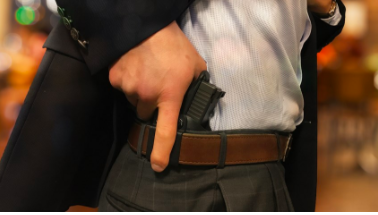
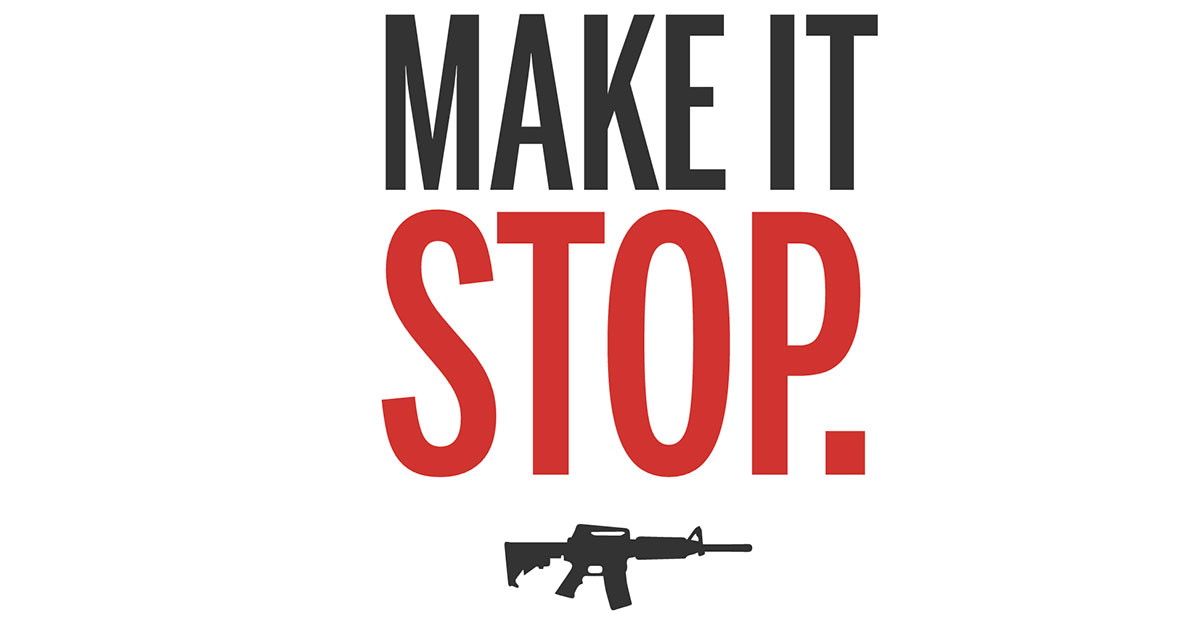
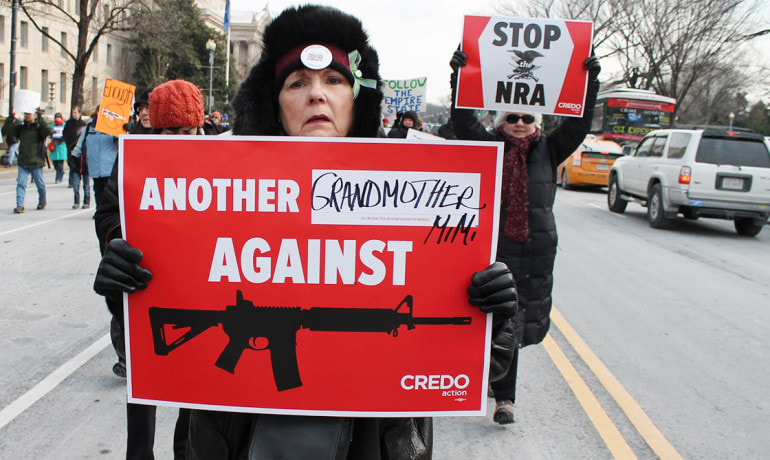
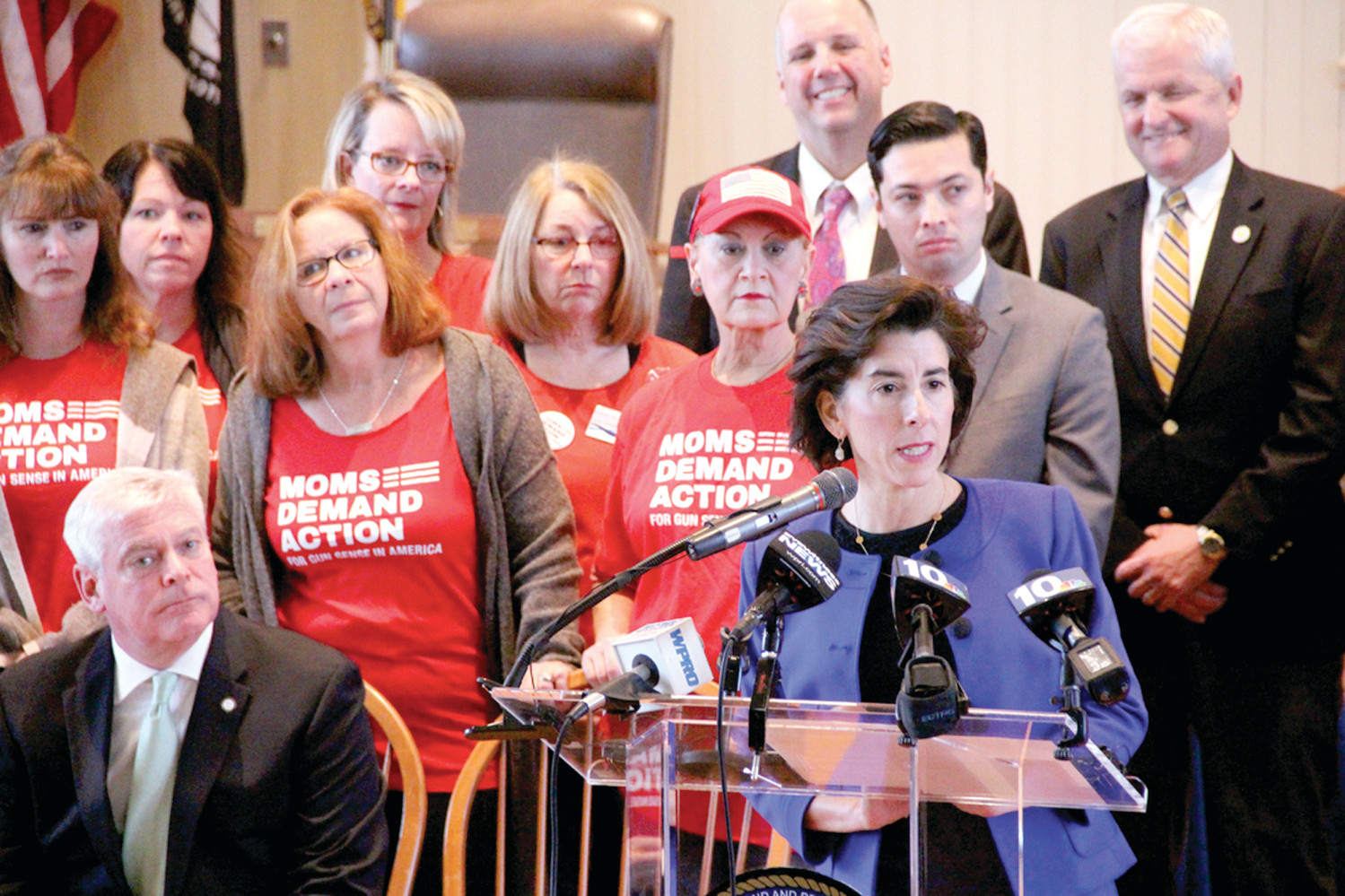
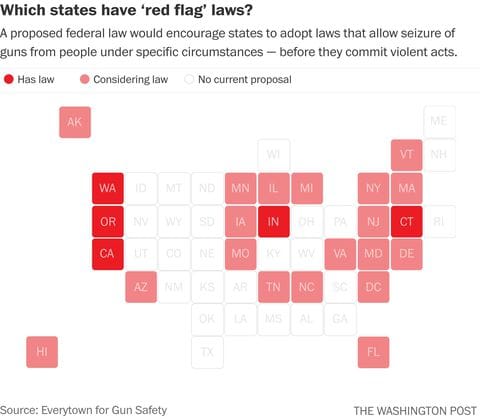
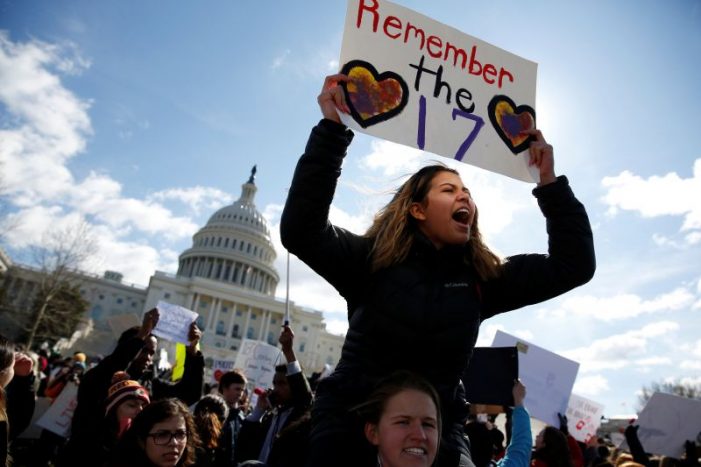
 RSS Feed
RSS Feed
